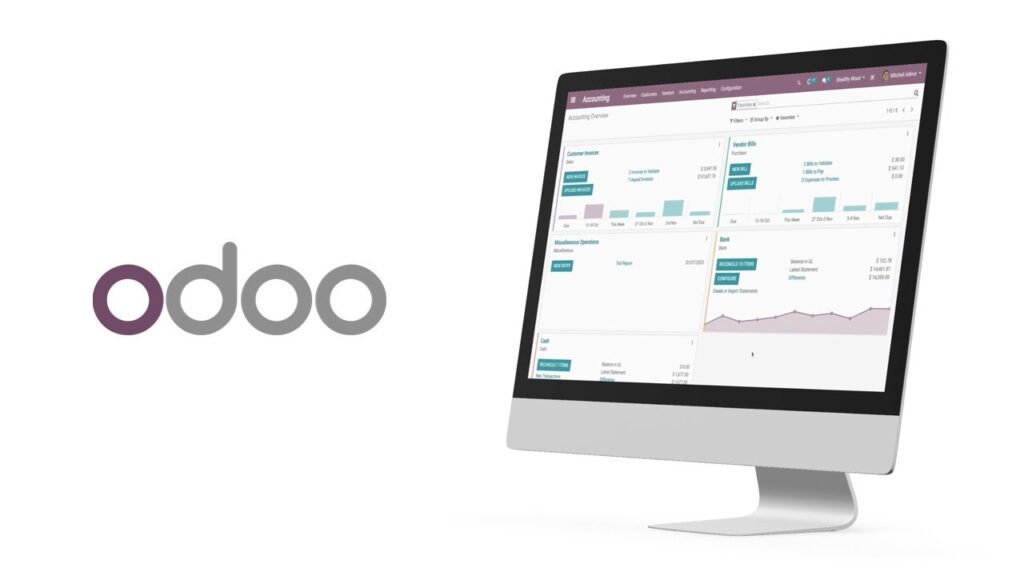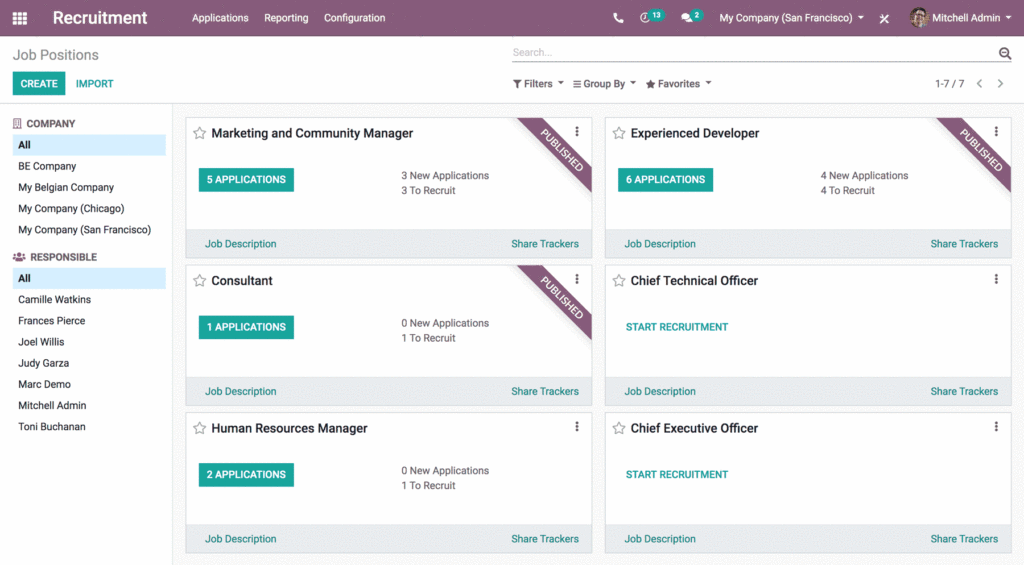Monitoring tools are software applications that monitor IT systems, applications, and infrastructure. Let’s talk about two popular ones: Checkmk vs. Uptime Kuma.
These tools collect data from servers, networks, and apps to provide real-time analytics for IT teams. They help detect and prevent failures, analyze performance, and identify areas for improvement.
What are the benefits of using a monitoring tool?
- Real-time analytics: Monitoring tools provide real-time data and analytics, allowing IT teams to identify and respond to issues quickly.
- Improved performance: By monitoring systems and applications, IT teams can identify areas for improvement and optimize performance.
- Cost savings: Monitoring tools can help prevent unexpected costs by identifying issues before they become significant problems.
- Increased security: Monitoring tools can help identify vulnerabilities and prevent cyber attacks.
- Better decision-making: By providing real-time data and analytics, monitoring tools can help IT teams make informed decisions about their systems and infrastructure.
What are the key features to look for in a monitoring tool?
- Real-time analysis: You should get real-time data and analytics to help IT teams quickly identify and respond to issues.
- Alert system: The tool should have an alert system that notifies IT teams when issues arise.
- Notifications: Getting notifications through different means, such as email or SMS, should be easy to ensure the right people are alerted.
- Status charts: One should get status charts and deeper visualization to help IT teams analyze data, identify trends, and understand their systems.
- Reports and briefs: should provide reports and briefs to help IT teams understand the performance of their systems and infrastructure.
- Scalability: The tool should be scalable to accommodate growing IT needs.
- Integration: It should integrate with other IT systems and applications to provide a comprehensive view of IT infrastructure.
Checkmk:
It is a comprehensive platform for monitoring applications, servers, and networks on-premises or in the cloud.
It provides real-time analytics, automates monitoring, and covers simple and complex IT environments.
Features:
- Monitoring options (agent-based, agentless)
Checkmk provides its agents for monitoring servers and workstations. These agents are available for various operating systems, from Windows and Linux to OpenVMS.
- Supported platforms and devices
It is available for various Linux platforms as a Marketplace image for AWS and Azure, a container image for Docker, and a virtual or physical appliance.
- Scalability:
Checkmk scales from small setups to large environments so you can use it as your IT infrastructure grows.
User interface and plans:
- Ease of use: It has a user-friendly interface that is easy to use. Checkmk 2.1 comes with many UX improvements.
- Customization options: provides customization options to help IT teams tailor the monitoring tool to their specific needs.
- Customer support: Checkmk has good customer support, with a helpful community forum and paid support plans.
- Pricing: Get started for free, or choose the Enterprise edition from $80. Check their site for more:
Checkmk is a powerful monitoring tool for IT environments. It provides real-time analytics, automates monitoring, and is scalable.
It has a user-friendly interface and customization options. Pricing depends on the edition and number of hosts.
Uptime Kuma:
It’s an open-source monitoring tool that can be used to monitor websites, servers, and other services.
Uptime Kuma is known for its ease of use, wide range of features, and flexible configuration options.
Here are its features:
- Synthetic monitoring:
Uptime Kuma monitors HTTP(s) websites, TCP Ports, and Docker containers every 5 to 60 minutes. It also retrieves DNS records.
- Alerting and notification:
Uptime Kuma sends notifications via Email (SMTP), Telegram, Discord, Microsoft Teams, Slack, Promo SMS, Gotify, and 90+ notification services.
Users can customize alerts and notifications to suit their needs
- Historical data analysis:
Uptime Kuma provides historical data analysis to help users understand the performance of their systems over time.
User interface and plans:
- Easy to customize: Uptime Kuma’s customizable dashboard displays the info you need at a glance. Add, remove, or rearrange widgets to suit your needs.
- Real-time monitoring: This tool monitors your websites and services in real-time so that you can see and fix problems quickly.
- Customer support: Uptime Kuma has a community forum where you can get help from other users. You can also contact the developers for support.
- Plans: Uptime Kuma is a free, open-source monitoring tool that can be self-hosted.
Uptime Kuma is a free, open-source, self-hosted tool to monitor websites, servers, and IT infrastructure. It has alerting, graphs, and dashboards.
Checkmk vs. Uptime Kuma:
- Similarities:
Both Checkmk and Uptime Kuma are monitoring tools that provide real-time analytics to help IT teams understand how their systems are working.
These tools support alerting and notification to help IT teams quickly identify and respond to issues.
Both tools provide customization options to help IT teams tailor the monitoring tool to their needs.
- Differences:
Monitoring approach: Checkmk supports agent-based and agentless monitoring. Uptime Kuma uses synthetic monitoring to check web application availability and response times.
Scope of monitoring: Checkmk is a comprehensive IT infrastructure monitor, while Uptime Kuma specializes in web applications and websites.
Ease of use: Checkmk is a versatile but complex web-based monitoring tool, while Uptime Kuma is a more straightforward tool designed for web applications.
Complexity: Checkmk is more complex and requires more technical expertise than Uptime Kuma, which is more lightweight and user-friendly.
Support: Checkmk offers paid support; Uptime Kuma does not. Checkmk experts can help businesses, while Uptime Kuma users can help each other in a community forum.
Features: Checkmk offers more features than Uptime Kuma, including support for more protocols and devices, advanced alerting, and detailed reporting. Uptime Kuma is a more streamlined tool for essential monitoring.
Price: Checkmk is more expensive and complex than Uptime Kuma, which is more affordable and easier to use.
Checkmk vs. Uptime Kuma: Which tool is right for you?
If you are looking for a powerful and feature-rich monitoring tool that can scale to meet the needs of a large business, then Checkmk is a good choice.
Uptime Kuma is a better option for small businesses and individuals seeking a lightweight, easy-to-use, affordable monitoring tool.
When deciding, consider your requirements, budget, and desired ease of use level. Try both tools to make an informed choice.
Ultimately, the best way to decide is to see which one you prefer.
Concluding on Checkmk vs. Uptime Kuma:
Choosing between Checkmk vs. Uptime Kuma as your monitoring tool depends on your specific requirements, infrastructure, and preferences.
Both tools have strengths and weaknesses, and the right choice largely depends on your organization’s needs.
Choose the monitoring solution that best meets your organization’s needs and team’s familiarity. Consider a pilot to compare options.
If you are still trying to decide, try both and choose the one that best meets your needs.






